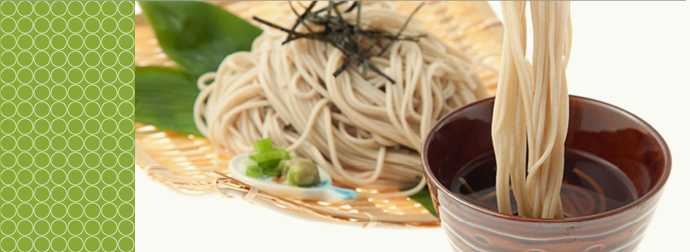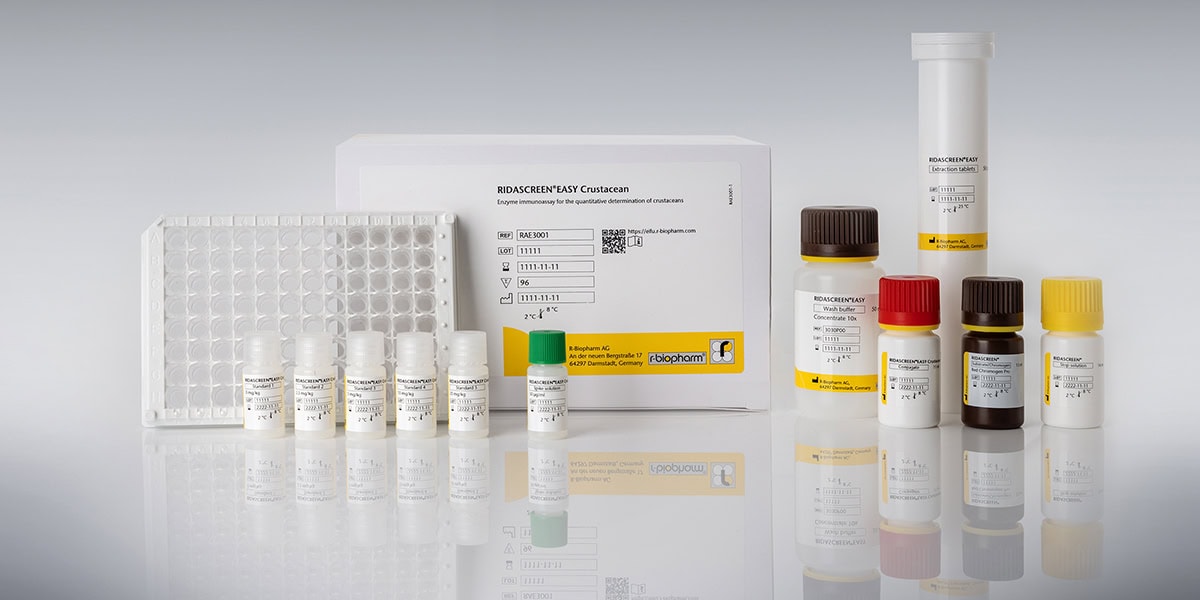
Recent news in Food & Feed Analysis
- Home
- /
- Buckwheat – a hidden...
Buckwheat – a hidden food allergen?

Buckwheat is popular in many countries, including Russia, and is usually enjoyed either sweet or hearty, similar to that of semolina. It’s time to take a deeper look at the plant, especially because buckwheat does not contain gluten. Allergy patients, however, must use caution.Buckwheat may be used in various dishes including pancakes, noodles, porridge, soups and beverages such as beer and whiskey. In Germany, buckwheat rarely ends up on the plate, despite its many uses. Buckwheat is a staple food in Eastern Europe and is popular in Asia, where people enjoy it in soups.
Buckwheat – the name is misleading
“Buckwheat” is not wheat, but belongs to the family of knotweed and thus a “pseudocereal”. There are 15 species around the world. The best known is the true buckwheat (Fagopyrum esculentum).
The healthy alternative to wheat
Buckwheat is high in magnesium, copper, manganese, phosphorus, and fiber. It contains flavonoids like quercetin and rutin, which help to strengthen capillary walls and prevent bleeding in persons with high blood pressure. It is high in vitamins A, D, B12, and B6, as well as protein and amino acids. Buckwheat is not only good for eating; it is also good for filling.
Is buckwheat suitable for allergy sufferers?
Buckwheat does not contain gluten and is thus highly tolerated by persons with gluten intolerance, making it an appealing choice for people with gluten intolerance (celiac disease). Buckwheat, on the other hand, can trigger allergic reactions in both humans and animals. Breathing difficulties, skin discomfort, and dizziness are some of these symptoms. This is why buckwheat is officially an allergen in Japan and Korea. To prevent allergic reactions, it is better to eat it peeled. There are tests that are appropriate for identifying buckwheat traces in meals. As already mentioned, buckwheat is gluten-free, but may be contaminated by cross-contamination with traces of wheat. Here, gluten tests provide certainty.
Buckwheat on the plate
Buckwheat’s light brown fruits make an excellent main meal, salad, or side dish. It can be used in savory meals such as buckwheat fritters, buckwheat salad, or as a crust for fish or meat. However, it is also wonderful as a sweet cake or pancake, making it a great dessert for persons who are gluten intolerant. Nonetheless, the possibility of an adverse reaction to buckwheat should be considered.



